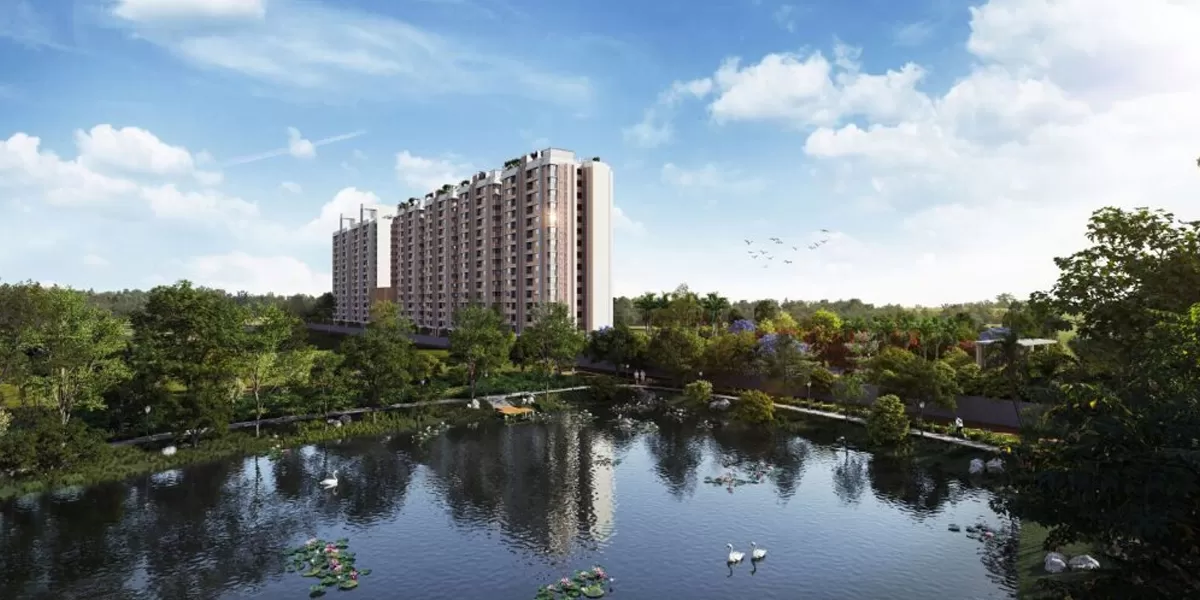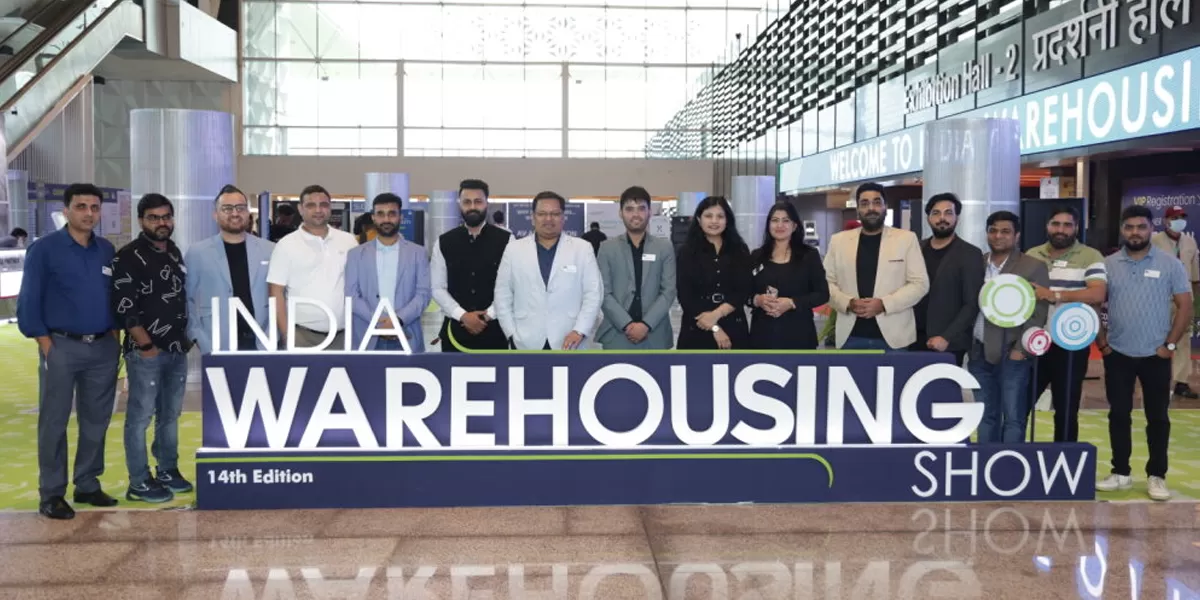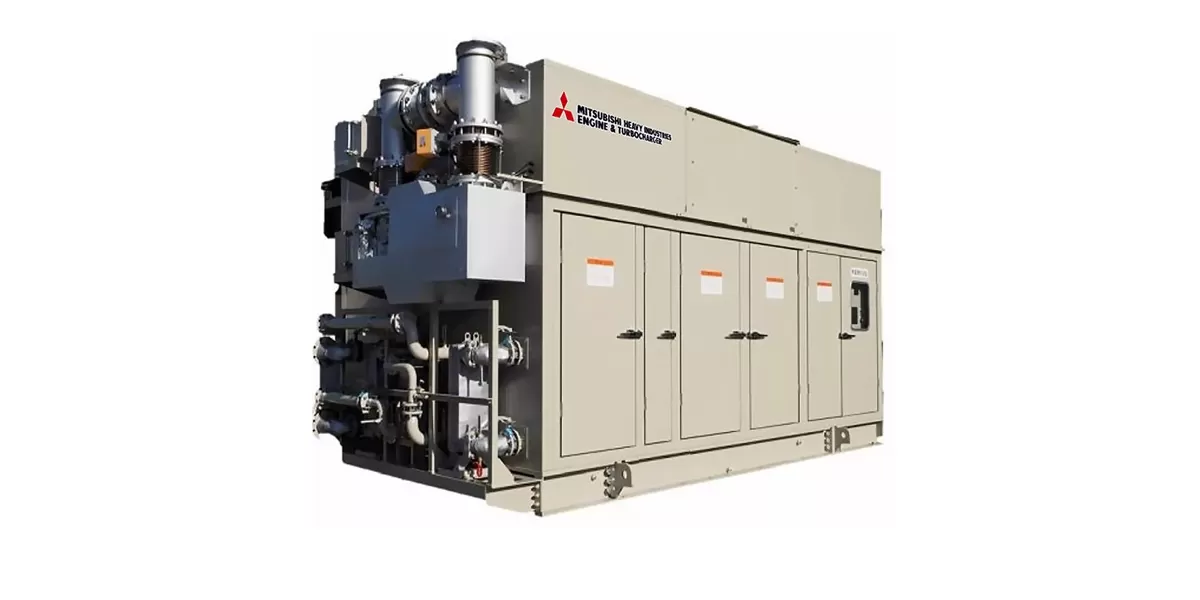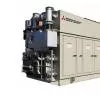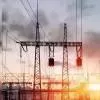With the projected growth of the infrastructure sector, India provides a tremendous opportunity for the construction industry for domestic as well as international players, says
ABHIN C ALIMCHANDANI.
The large land mass of the country, with widely varying topographical features across mountain regions, deserts, alluvial riverine deposits and rocky hill regions sloping into the surrounding seas, presents challenges to the planners in providing adequate transportation corridors for connecting the population spread all over, and continuously migrating to urban centres. In addition, the densely populated regions and socio-political, legal and financial framework presents its own challenges, which need to be addressed while making decisions.
Historically, the railway network, created by the colonial powers, provided the means of transportation for goods and people, and the urban centres flourished along this network. The road network, initially planned as feeder routes, gradually expanded to provide the alternative means of transportation. The two-lane National Highway corridors, spread out across the country, became the lifeline for the economy. Today, the surface transport movement is growing in three sectors: Roadways, railways and shipping. India is making rapid strides in all the three sectors and investment is growing consistently. Improved transportation is contributing to the growth of the economy and the government is responding by allocating larger funds for continued growth.
Roadways
The systematic expansion of roadways, started with the planned implementation of the Golden Quadrilateral and the East-West and North-South corridors, ushered in explosive growth of the road construction industry. In the area of rural roads, the PMGSY scheme brought in rapid growth of connectivity. Today, almost every habitation with more than 200 persons is connected to an all-weather network, making the villages better developed and economically strong. The emphasis at present, is on four-laning and six-laning of the corridors, to support sustained growth in traffic.
Here, large investments are envisaged with modified PPP schemes based on annuity or toll models. With sustained growth in the road building industry, a number of new contractors and consultants have developed, and mechanisation has become successful with deployment of huge number of high grade plants and machinery. The quality of roads is improving, and competitiveness is making the industry stable, which is gradually acquiring international standards.
Apart from NHAI, a new organisation, National Highways and Infrastructure Development Corporation Ltd (NHIDCL), has been set up to handle road infrastructure in the North Eastern and border states, together with the responsibility for the Bharatmala road network. The industry is bound to benefit from this development, and is planning for this growth in demand.
Railways
The Indian Railways is the backbone of the country´s transport system. Apart from carrying long-haul bulk freight and long-distance passenger traffic, it also provides mass transit for passengers in suburban areas. Serving the country for more than 100 years, Indian Railways currently handles the fourth-largest network in the world, next only to the US, Russia and China. It carries more than a billion tonne of freight annually, more than 30 per cent of the total freight generated in the country. Four commodities: Coal, iron ore, cement and food grains - all of vital importance to the economy - account for more than 70 per cent of its freight.Indian Railways works under multiple challenges, with outdated infrastructure, ageing rolling stock, price competition from roads and internal waterways, and the challenges of operating a heavily congested network. It is recognised that railways carry freight with least consumption of petro-product per tonne km, contributing to savings in foreign exchange and concurrently, cause least damage to the environment. Taking the above factors into consideration, the government has decided to make massive investments to radically improve the functioning of this important mode of transportation, and development plans are already under implementation.The Railways has enhanced investment for construction of new lines, gauge conversion for capacity growth, line doubling and electrification. These works are being carried out under existing railway units.
The Dedicated Freight Corridor Corporation of India Ltd (DFCCIL) has been carrying out the biggest ongoing infrastructure project in the country with investment of over Rs 800 billion. Six high-capacity corridors along the Golden Quadrilateral and the diagonals have been proposed. The first phase of the project involving the Eastern DFC and the Western DFC is already being executed and is expected to be completed at a cost of Rs 815 billion by 2019. Four new corridors are going to be taken up next, namely the East-West, North-South, East Coast and Southern corridors. The total length of these four corridors is 6,600 km, costing Rs 4,000 billion.
A game-changer in the transport sector, this project will increase the Railways´ share in the freight sector from 30 per cent to 45 per cent, and at the same time, help in development of new industrial corridors across the route.
The formation of the Indian Port Railway Corporation Ltd (IPRCL) in 2015 for implementation of port connectivity projects will improve efficiency of the import and export cargo movement by putting new infrastructure in place.
The High Speed Rail (HSR) project envisioned to introduce 4,200 km of new lines in seven new corridors will open up new opportunities for the construction industry and bring in new technologies for the country. This ultimately will throw up opportunities abroad for the local industry.
The developments of metro rail and rapid transit systems have taken off in the country, with more and more urban centres joining the queue. The success of the metro in cities like Delhi and Kolkata has encouraged increased investment in this area.
Shipping
The Indian port sector has been passing through difficult times, with a weak global environment and lack of firm decisions on the domestic front. For the past five years, the growth of traffic has been sluggish. India has 7,500 km of coastline with 12 major ports and more than 200 non-major ports, spread across nine maritime states and two Union Territories. Coastal shipping acts as an economical and secured service for bulk cargo movement, and the same has been acknowledged by policymakers in the country.
The government has recently taken up various steps to remedy the situation. Focus has been transferred from port development to ´port-led´ developments. The Sagarmala programme, launched in mid-2015, aims to provide infrastructure to transport goods in a fast, efficient and cost-effective manner. In April 2016, the Ministry of Shipping launched the National Perspective Plan under Sagarmala, entailing an investment of Rs 4,000 billion, for a total of 150 projects involving port modernisation, port connectivity, port-led industrialisation and coastal community development.
The ´Make in India´ programme will have links with Sagarmala, as ports will become centres for the manufacturing industry, trading, infrastructure growth, and community development.
The process of appointing consultants for the transformation of five major ports is in progress.
Kandla and Paradip have been identified as port-based Smart Cities under the Phase-I of the Smart City mission. Demand for new technologies is being driven by the increased vessel sizes internationally, and rapid cargo handling. The construction industry has a big stake in this development programme, and will have to seize the opportunities early, before international players crowd this sector.
Bright future
The developments in the transport sector are taking place at a rapid pace, and it will be necessary for the construction industry to face this challenge with prior planning and upgradation of technology. The success in the roads sector along with the efficient implementation of Adani Port and the private ports at Krishnapatnam and Gangavaram, have shown the way. Momentum is also gathering in the implementation of the DFCC projects.
There remain great challenges in financial and legal frameworks that determine the flow of funds into the construction industry. However, there seems to be a concerted effort to kick-start the development process, and efforts seem to have gained critical momentum.
All these factors point towards a better future for the construction industry stakeholders.
About the author:
Abhin C Alimchandani, Chairman, STUP Consultants, has over 25 years of experience in architectural and engineering profession, both in India and abroad, involving management of design consultancy and engineering practice.
